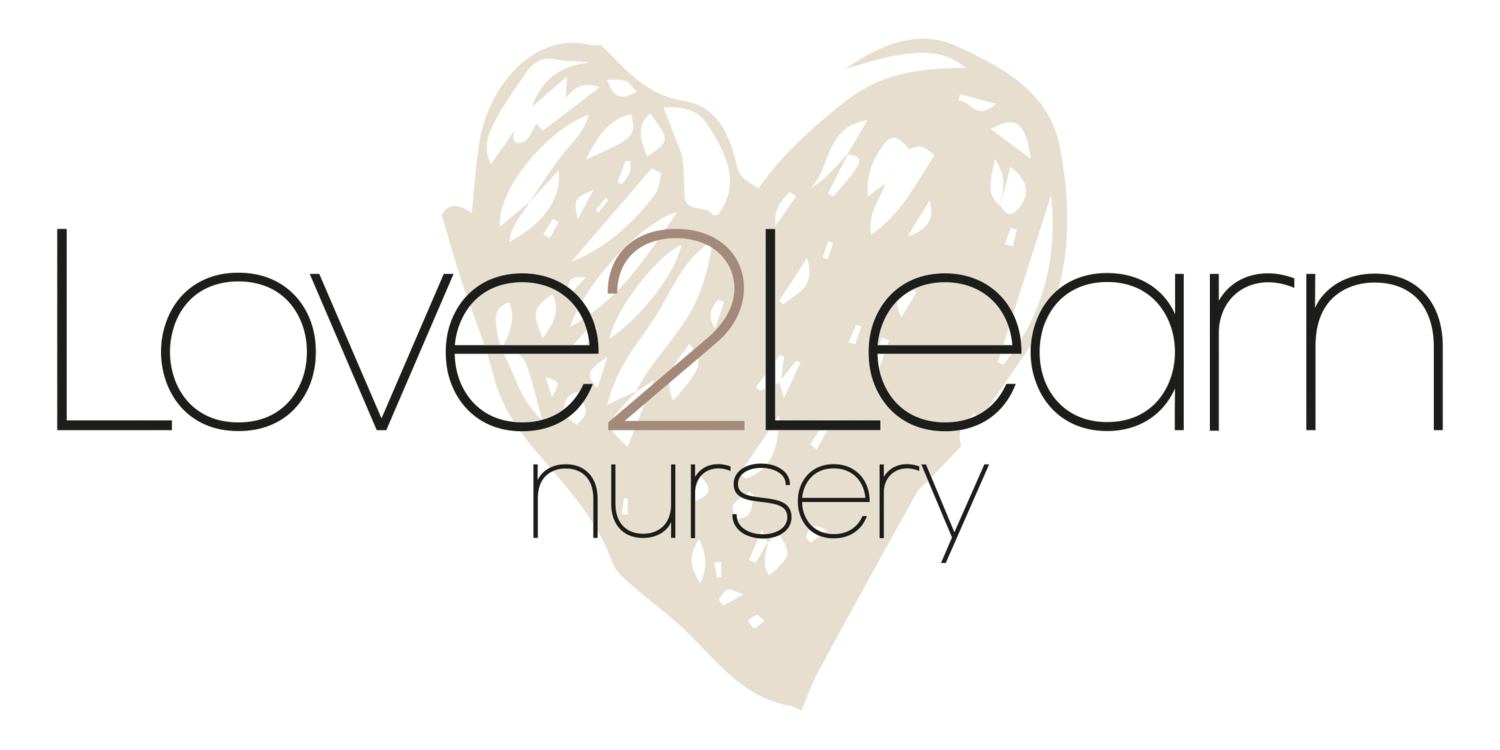Play Cues
Play Cues
When children play, it often seems like they are just going through random motions.
But, children very rarely do things for no reason at all.
Play amongst children can be observed through the play cycle!
- The Pre-Cue or meta-lude
This is where play begins, an idea or thought created by a child; where children are highly motivated to play, creating an instinctive feeling, urging the desire to play.
- The Play Cue
This is when a child shares their thoughts and ideas with others; drawing peers or adults in to create play. Play cues are not always obvious and can be as simple as holding eye contact; they can also be bold and obvious, like being asked to join play.
- The Play Return
This is when the play cue is returned by another child or adult; the response ignites the play and it begins, both parties actively contributing to the play.
- The Flow
This is where both parties continue to offer play cues and play returns; simply extending their play together; becoming engrossed in their play, sharing thoughts and ideas back and forth.
- The Play Frame
Physical or imaginary boundaries, in which the play is taking place; this could be an area in which the play is taking place or ‘rules’ set out by the participants. As long as the play frame remains unbroken, the play cycle continues.
- Play annihilation
This is when the play comes to an end; from either party, the one who initiated play, or the one who responded to it. Another reason play may come to an end is called ‘Play Adulteration’, which is when play is ended by an adult, not involved in the play.
Let’s talk more about play cues!
Everyday we see play cues amongst the little ones in our lives.
A cup of ‘tea’ freshly brewed in the home corner, is an invitation to imaginary role play.
The look from the child across the room from the mark making area, is encouraging you join and in create art.
The block tower built at your feet, is inviting you to build and construct.
But wait….. “Please don’t push your friends”
Have you ever witnessed a child run across a room or open space; for no apparent reason and push their friend - A seemingly unprovoked ‘attack’!
This is actually a play cue! That’s right, they are just inviting their friends to play!
An idea was formed, maybe a game of monsters or pirates, something fun, active and exciting. To share their game, they push their friend, hoping for that play return.
The play isn’t returned and the focus is on the behaviour. This is very common in early years and play cues can be easily misunderstood or communicated ineffectively.
So what can we do?
By observing children’s play and noticing patterns in physical play cues, as adults we can scaffold and support children, to give understandable and appropriate play cues.
“Play has the very real power to transform children’s lives” - Ben Kingston Hughes




